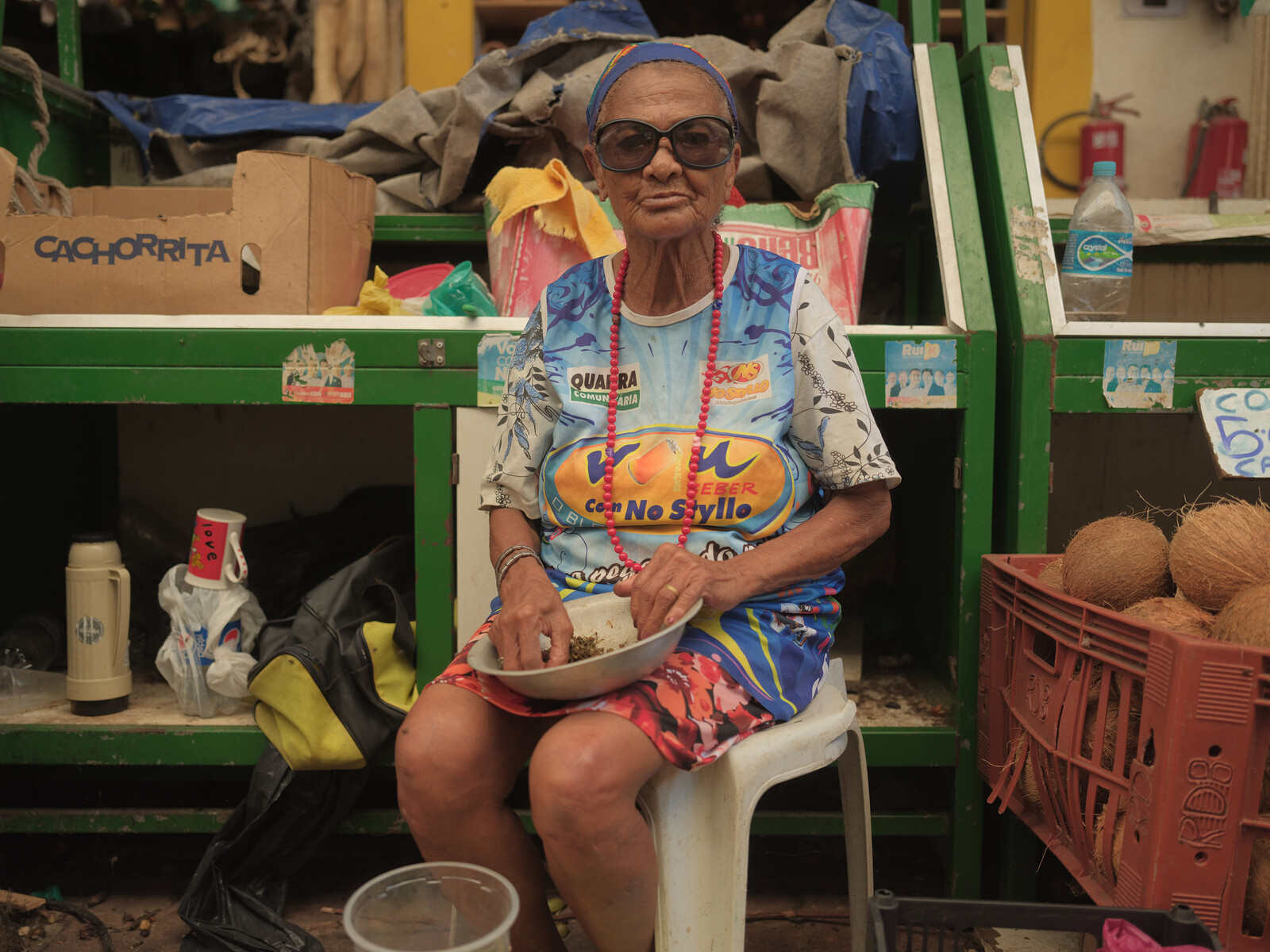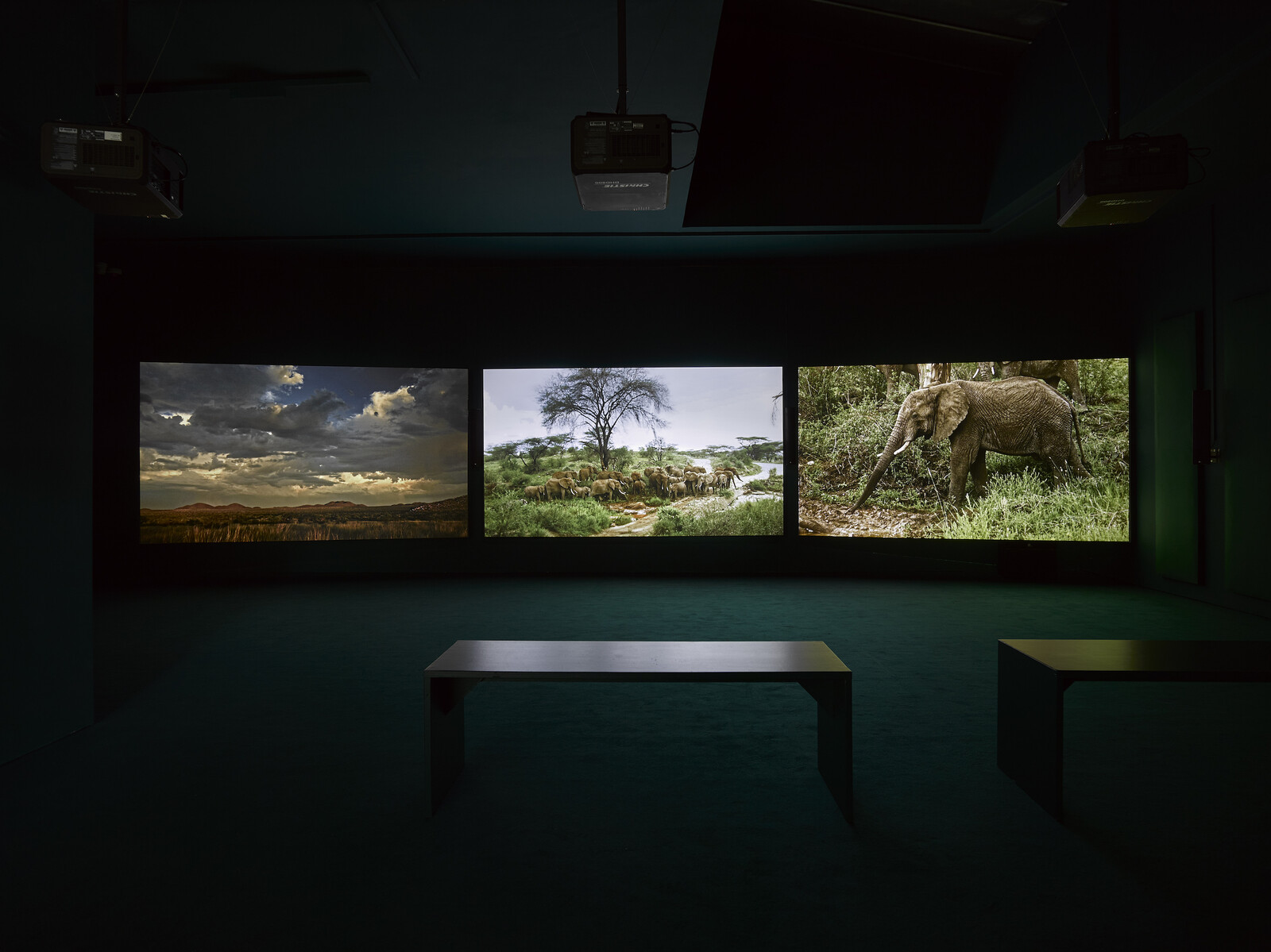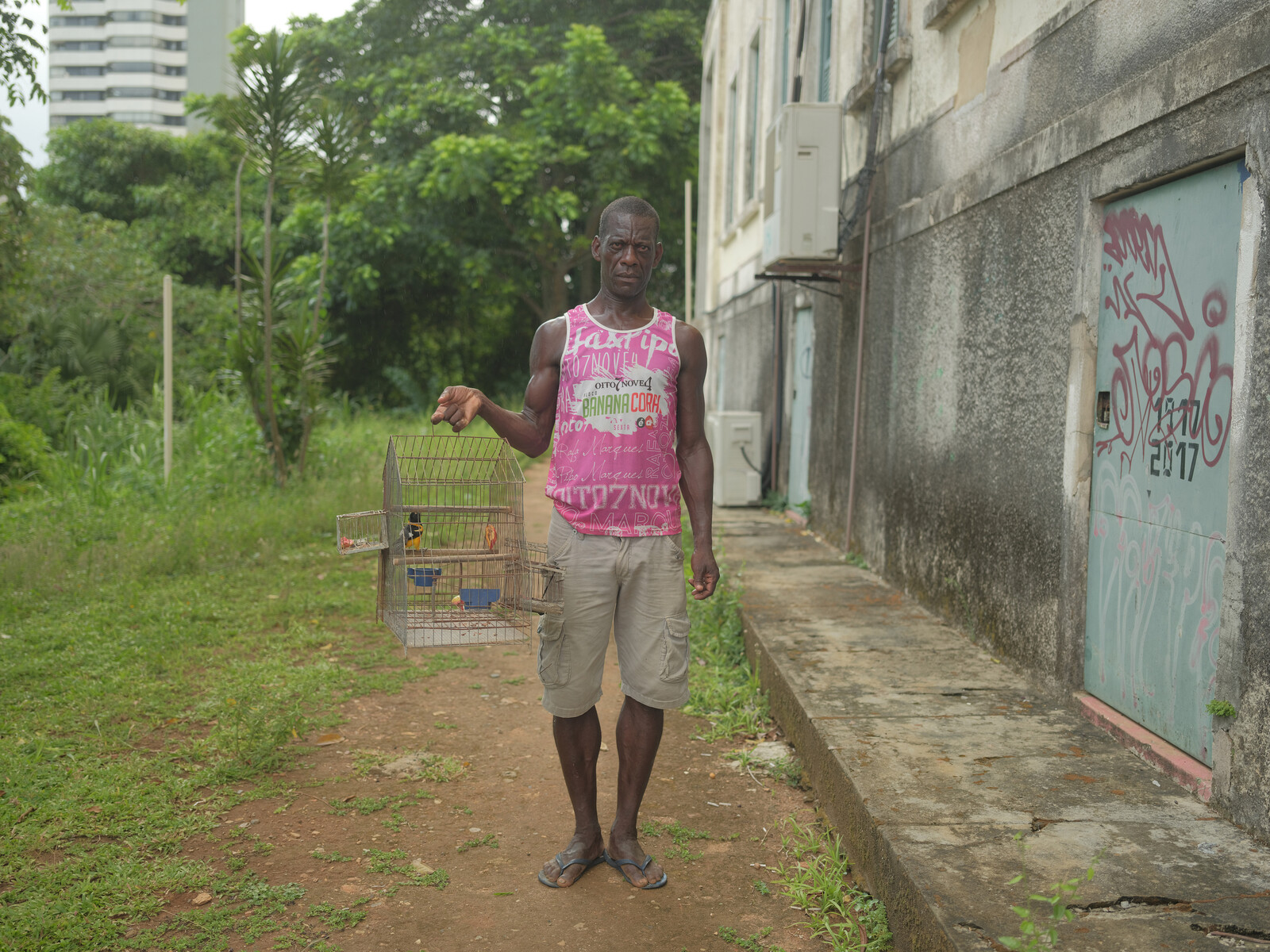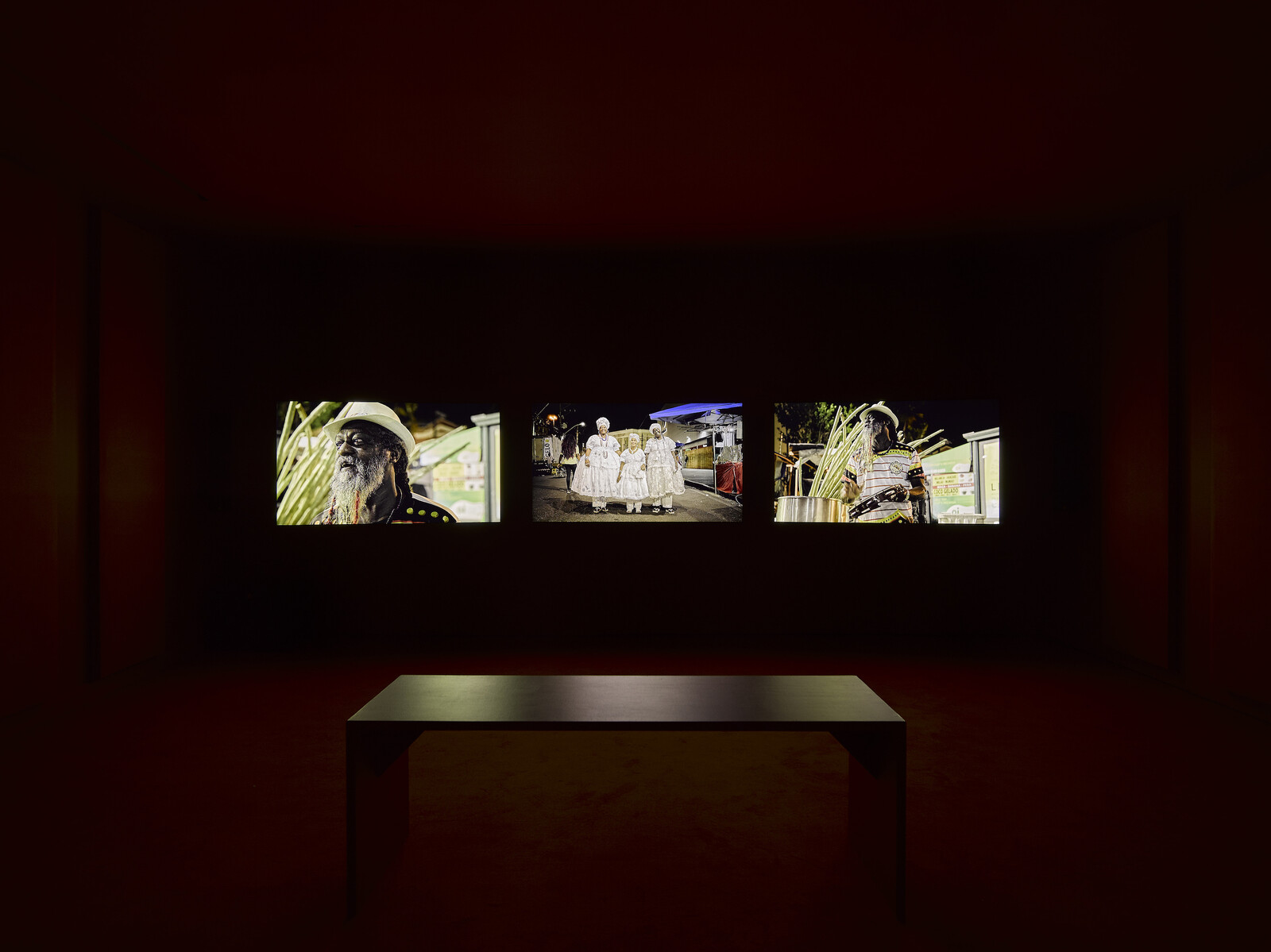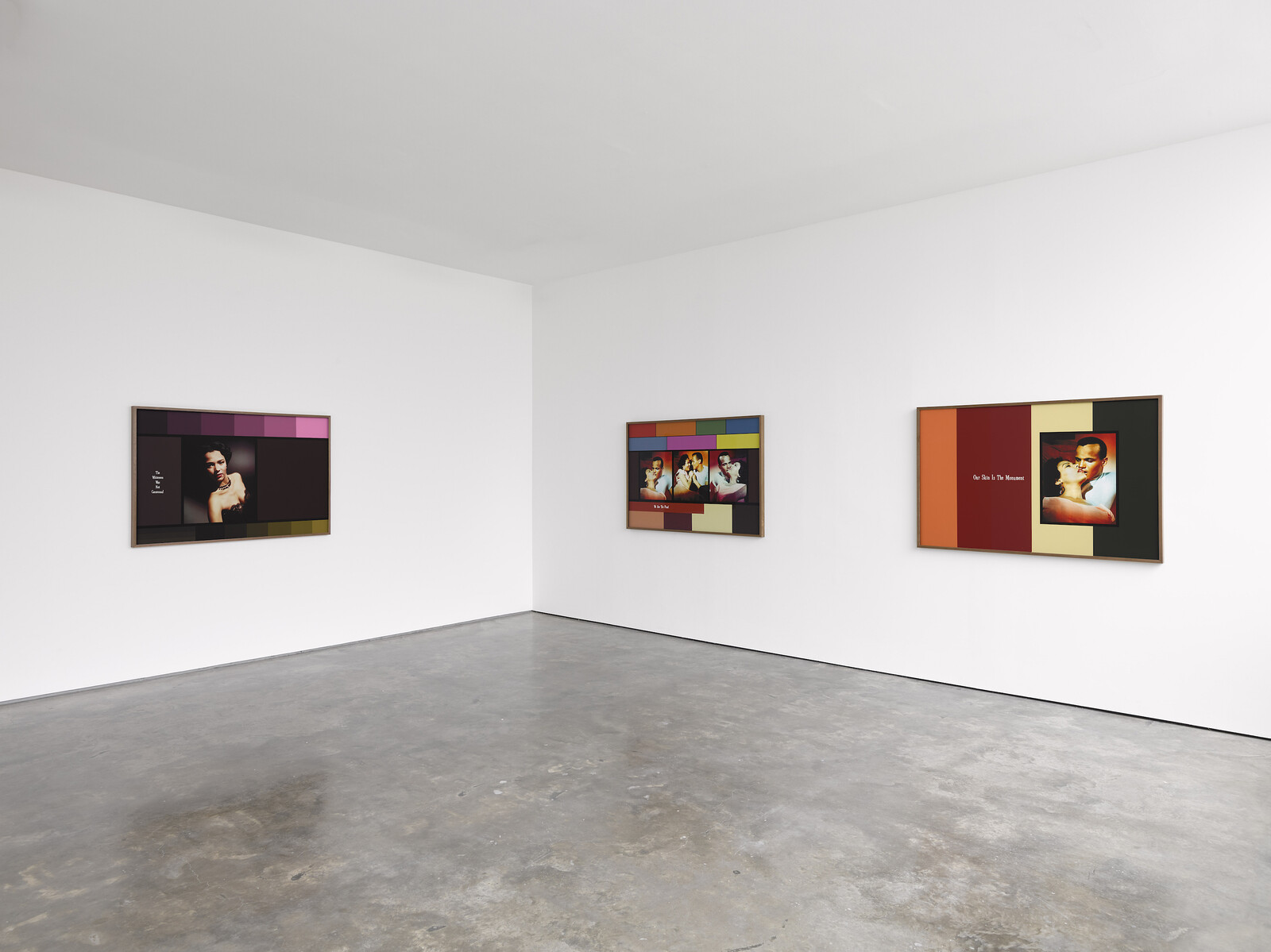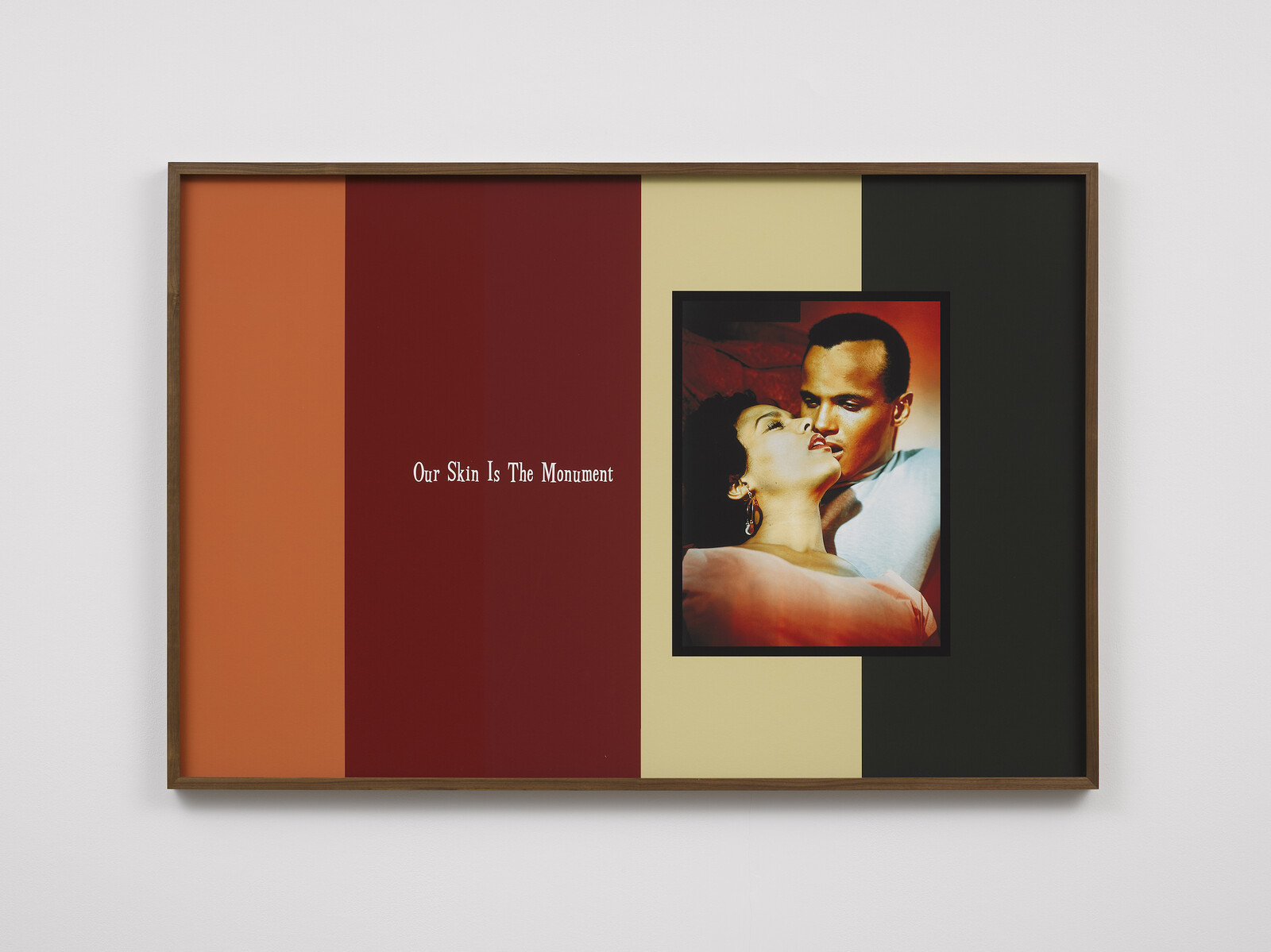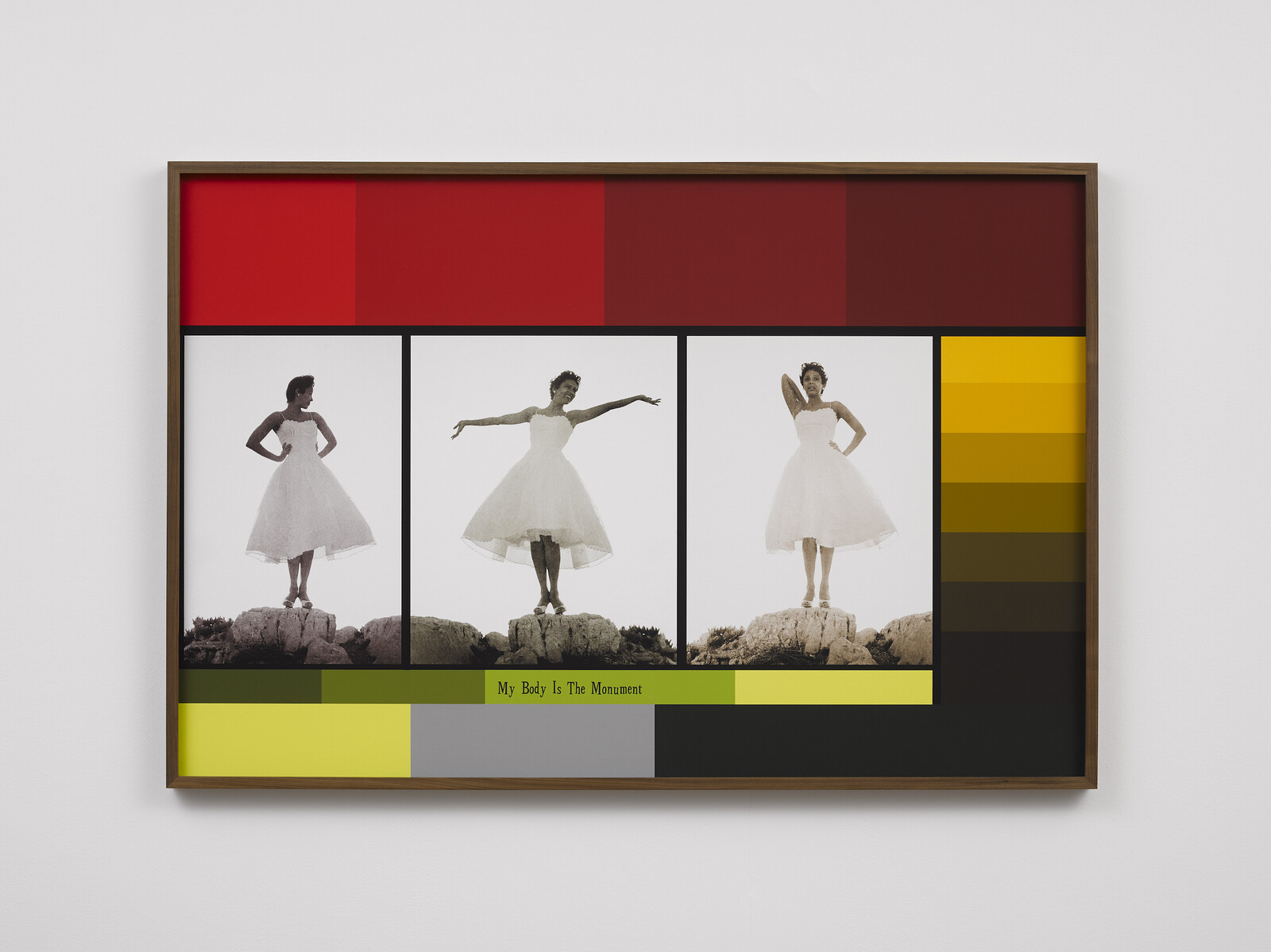Viral videos, especially those featuring animals, rarely make a lasting impression. Part of their charm is their innate forgettability. But every now and then there is an exception. In April I came across a video online that has haunted me ever since. Shot by drone from directly above, this 49-second clip centers on a strange spiral made up of hundreds of tiny gray-brown forms moving clockwise over a pale surface. As the camera moves down, we see that these forms are four-legged creatures whose fur ranges from dark taupe to a white brighter than what gradually reveals itself to be snow under their hooves. When the camera retreats back up into the sky, we glimpse another, more dense and fast-paced spiral to the left. A caption states that these are “reindeer cyclones” captured on the Kola Peninsula, the north-eastern part of the area known as the Baltic Shield. Responding to an outside threat, reindeer gather and move in a whorl, keeping their fawns tucked safely in the middle. In the comments under the post, viewers asked what, in this instance, caused the reindeer to behave in this way. “Probably the drone” was the consensus.
Not only were these mesmerizing rosettes of reindeer brought into view by the unearthly elevation of the camera, the same technology used to document the cyclones was responsible for producing them in the first place. Behind John Akomfrah’s Four Nocturnes (2019), the dominant component of the artist’s latest exhibition at Lisson Gallery, is an exploration of precisely this reciprocity between documentation and disturbance. Lisson’s interpretive text insists that the three-screen film installation explores the “relationship between humanity’s destruction of the natural world and our destruction of ourselves.” This statement glosses over the more complex questions Four Nocturnes raises about images themselves: how photographic practices can violate nonhuman life, and have historically been implicated in the abuses humans commit on each other.
The work is composed of drone shots, time-lapse, and other viscerally high-res footage of flora, fauna, and natural phenomena from across the globe: it remains unclear whether this shiny imagery is intended to critique the seductive, selective view of the environment one finds in conventional nature documentaries, or to give a mournful twist to a Planet Earth-style reverence. That Akomfrah integrates this imagery with archival footage of human and animal torture seems too literal. Tender, up-close encounters with elephants precede shots of a cast of actors in rubber elephant masks, playing refugees. Thunder clouds roll in time-lapse, suggesting a biblical foreboding that feels heavy-handed.
Intermittently there are scenes in which black-and-white photographic prints are licked by flames. Although the image of any object burning threatens to make, once more, too literal a statement, these moments offset the HD slickness of the other footage, bringing into relief the film’s subtler points about the nature of documentation. While expensive, high frame-rate digital cameras allow us to consume the natural world like never before, in these scenes we see a force of nature consuming manmade images, the photographs dissolving into a fine silt that, although toxic, evades human touch. In other scenes, photographs appear beneath the surface of a shallow river, layered in glinting water and surrounded by stones. The elements appear to be rebelling against the anthropocentric desire to capture, to represent, to exploit nonhuman life by framing it. Each of these photographs appear to show West African figures. This points to the tendency on the part of the colonizer to relate to Indigenous people as an extension of the landscape, thereby denying their humanity and, consequently, their right to exist.
At one point in Four Nocturnes, these photographs are placed on easels set up in the middle of a desert. Their black-and-white contrasts against the HD beige of the sand that surrounds them. Two temporally distinct image-making practices rub against one another, the digital camera helping to dramatize the fate of an older form of documentation. A synecdoche of the Western tradition of painting, the easel stands for the process by which documentary images evolve into works of fine art. The history of photography shows that images tend to become aestheticized by the obsolescence of their technology. In 2021, an 1850 silver albumen print cataloguing an ancient relic no longer offers a clear illustration of that relic, having become a historic work of art in and of itself.
The inevitable obsolescence of image-making practices is a theme connecting Four Nocturnes to another component of the exhibition: Our Skin Is a Monument (2021). This set of four Giclee prints centers on the pioneering African-American starlet Dorothy Dandridge together with, in two of the prints, Harry Belafonte, her co-star in the 1954 musical film Carmen Jones. Akomfrah places stills from this film against colored rectangles intended to conjure the Shirley Card, the system invented by Kodak in the 1940s to ensure the “natural” color and exposure balance of photographs. In a segregated America, the use of Shirley Cards allowed photographic images to perpetuate the idea that only light skin is beautiful.
Akomfrah liberates the Shirley Card, refracting its swatches into forms that recall abstract painting in the vein of Josef Albers. Yet while the Shirley Card is obsolete enough to be aestheticized into art, America’s racial terror endures, as registered by the exhibition’s references to contemporary police brutality. A wider variety of skin tones may have been reconciled, since Dandridge’s time, with conventional beauty; yet this did not prevent the death of Breonna Taylor, a photograph of whom appears as the conclusion to Akomfrah’s shorter film Triptych (2020), shown upstairs, an otherwise joyful montage of African-descended people in Bahia, Brazil. Images change, this seems to say, but in the end, they only take us so far. They are too entangled with violence.
